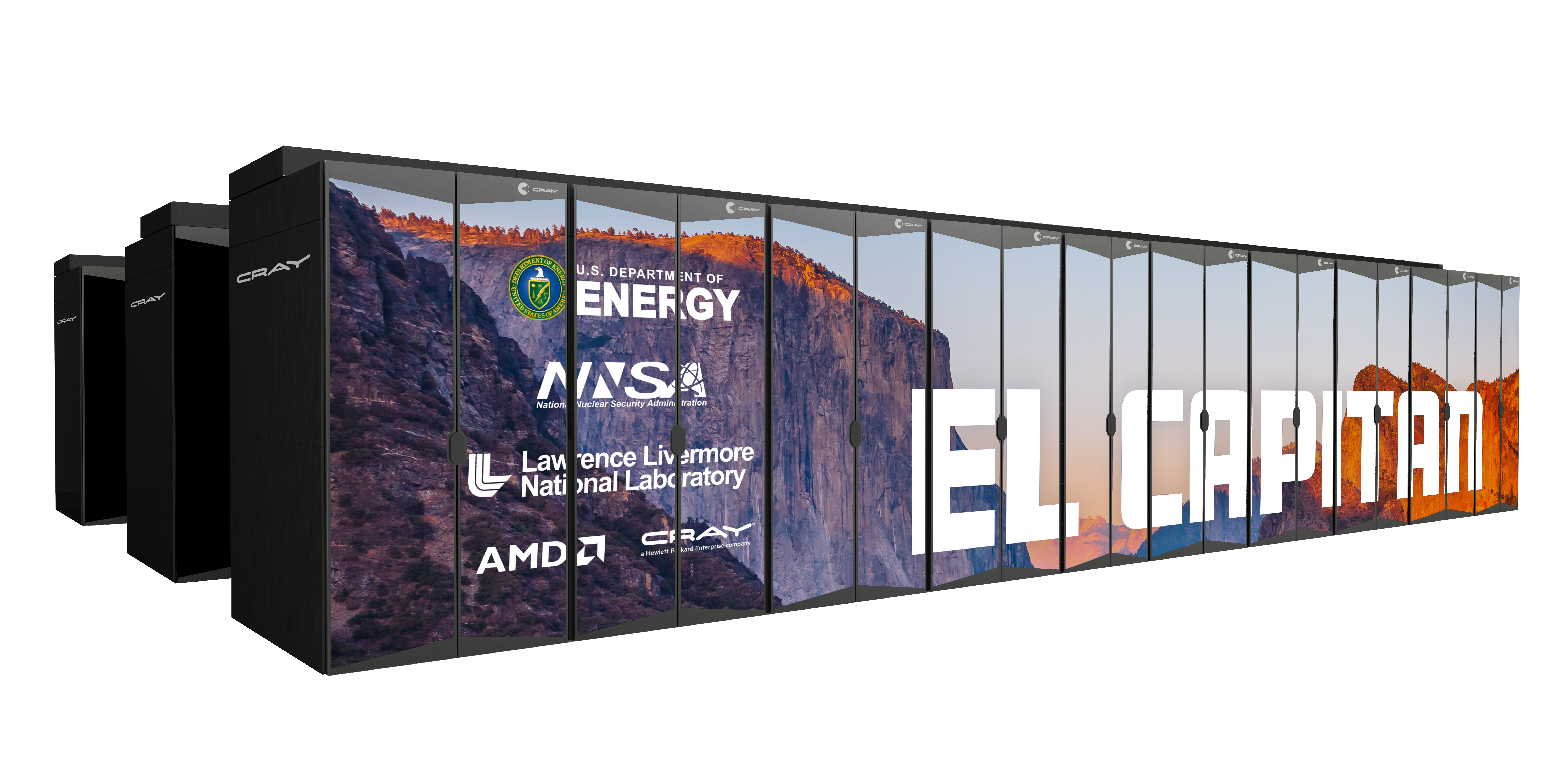-
Products
Our supercomputing, storage and analytics products are designed to help you tackle the most challenging problems in science, engineering and business.
Learn More About Products - Solutions
-
Resources
-
Company
Meet the company that has been leading the way in supercomputing for over 40 years.
Learn More About Company -
Support
Our service teams, backed by Cray support systems, are highly skilled and experienced in providing world-class support for mission-critical systems.
Learn More About Support -
Contact
Cray is a global company headquartered in Seattle, Washington.
Learn More About Contact






